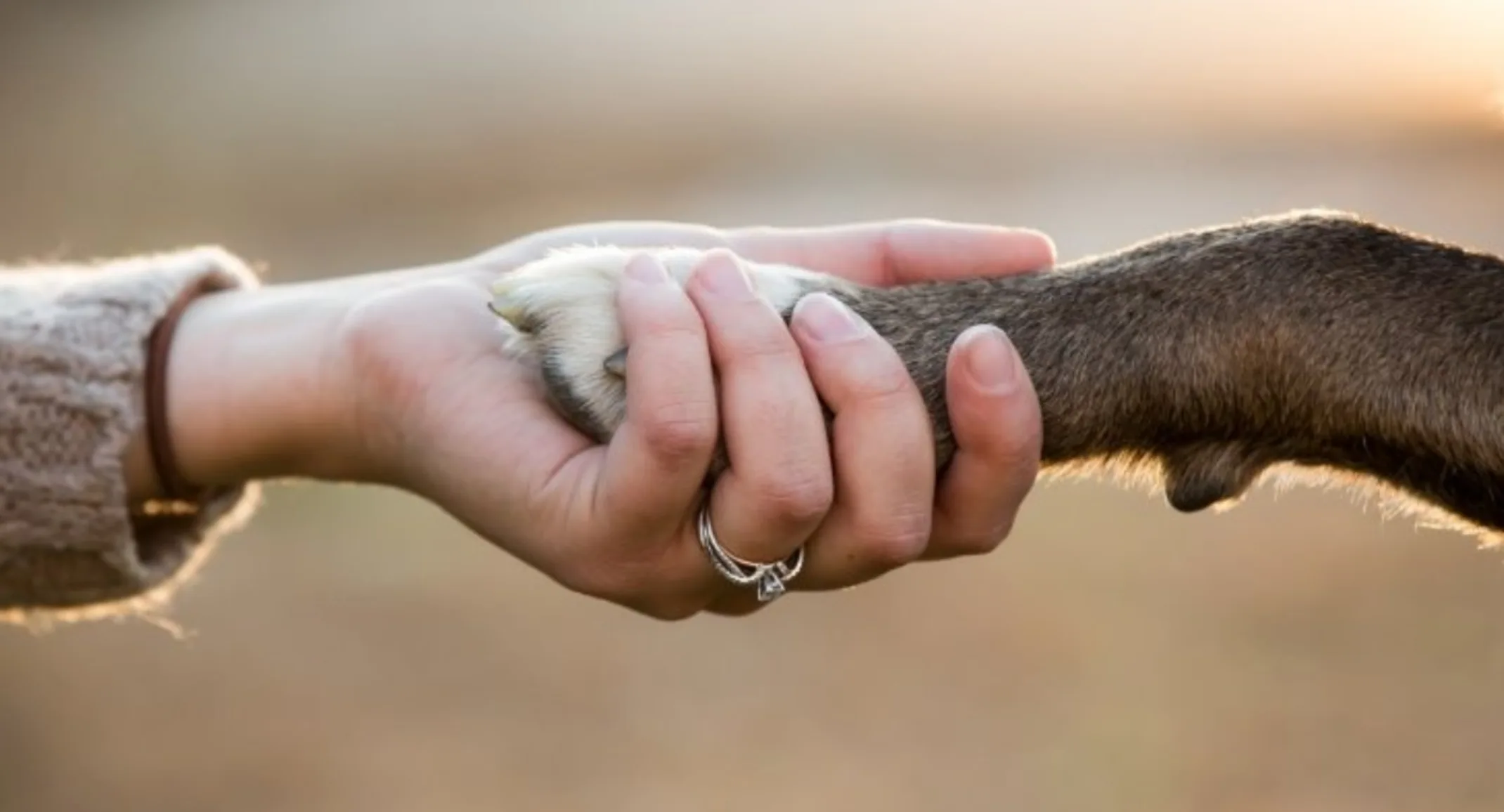Dog Wound Care Guide
Health Tips

Dogs are good at finding trouble, and their mischief may result in an injury. If your dog is hurt, knowing how to address the wound is important to ensure they receive the care they need. Does your injured dog need veterinary care? Can you manage the wound at home? Should the wound be bandaged? Keep reading to learn all you need to know about caring for your dog’s wound.
Dog wounds that need veterinary care
Your wounded dog should always be treated promptly to help avoid infection, but certain wounds need a veterinary professional’s intervention and evaluation, including:
Penetrating wounds: Any injury that fully penetrates the skin needs a veterinary evaluation. These include bite wounds, puncture wounds, and deep lacerations.
Large wounds: Lacerations longer than an inch or with jagged edges should be treated by a veterinarian.
Facial wounds: Wounds to your dog’s face could involve sensitive structures, such as their eyes, nasal passages, or oral cavity, and should be investigated by a veterinarian.
Abdominal or chest wounds: Wounds on your dog’s abdomen or chest could enter the body cavity or cause internal bleeding, and should be examined by a veterinarian.
Infected wounds: If your dog’s wound has an odor, discharge, or swelling, the injury could be infected, and requires veterinary treatment.
Bleeding wounds: If your dog’s wound bleeds excessively, you should apply pressure, and get them to a veterinary hospital as soon as possible.
Managing minor dog wounds at home
If your dog’s wound doesn’t require veterinary care, you should still take steps at home to clean and disinfect the wound, to help prevent infection. These steps include:
Veterinary Urgent Care: Depending on the size of the wound, it may be safer for everyone involved to bring your dog to a veterinary urgent care clinic or an emergency hospital.
Restrain your dog: Your injured dog will likely be upset, and any dog in pain may bite. We recommend using a muzzle or a makeshift substitute to ensure no one is injured, and enlisting an assistant to provide treats, distract and gently restrain your dog so they remain calm during the procedure. Place smaller dogs on clean towels on a table so you can see the wound easily. For larger dogs, make them lie on the floor where you can kneel comfortably nearby.
Stop the bleeding: You won’t be able to assess or properly clean the wound until the bleeding has stopped. Apply pressure with a clean cloth or gauze for two to five minutes, to allow the blood to clot.
Clip the hair: Cover the wound using gauze pads or a water-based lubricant—not an oil-based jelly—and clip the surrounding hair using scissors or electric clippers.
Remove debris: Remove large debris from the wound using gloved hands or tweezers.
Flush the wound: Flush the wound with sterile saline. The high pressure flushing will help dislodge microscopic debris.
Disinfect the wound: Never apply hydrogen peroxide, rubbing alcohol, or iodine to your pet’s wound. Disinfect the wound using dilute chlorhexidine solution—a 2% solution will limit tissue irritation.
Bandage the wound: Apply a thin layer of antibiotic ointment and cover the wound to help prevent contamination. If you wrap your dog’s limb, ensure the bandage isn’t too tight and could restrict blood flow.
Monitor the wound: Change the bandage and clean and assess your pet’s wound two to three times a day. If the wound ever appears worse, or is not healed in a week, consult a veterinarian.
Open dog wounds versus sutured wounds
If your dog’s wound requires veterinary care, the veterinarian may stitch or leave the wound open. Wounds are sutured to facilitate healing whenever possible, but closing the wound is contraindicated in some cases, including:
Puncture wounds: Penetrating wounds, such as bite wounds, can drive bacteria deep into the tissue, trapping the bacteria and likely causing infection if these wounds are sutured.
Contaminated wounds: A contaminated wound more than several hours old should never be closed without thorough debridement (i.e., removing all contaminated or dead tissue). In some cases, this could result in more damage than leaving the area open to heal.
Infected wounds: Infected wounds must be left open to allow for appropriate drainage and cleaning.
Skin loss wounds: Wounds in which skin was lost can prevent surgical closure.
Caring for dog wounds
Whether your dog’s wound was sutured or left open to heal, appropriate care is necessary to expedite their recovery. The first step is to follow your veterinarian’s instructions. Ensure you understand every detail about your dog’s follow-up care, and ask questions if you are unsure about anything. In general, tips to care for your dog’s wound include:
Keep sutured wounds dry: Avoid bathing your dog until the sutures are removed, and cover the wound if they go outside in the rain. In addition, don’t apply creams or ointments without your veterinarian’s advice.
Don’t allow open wounds to close too soon: Use gauze to gently remove crusty debris on the wound’s edges to promote drainage.
Prevent your dog from licking or chewing their wound: If necessary, use an Elizabethan collar to prevent your dog from bothering their wound, because they could tear out their sutures or cause infection.
Restrict your dog’s activity: Excessive activity could delay healing or result in dehiscence (i.e., suture failure).
Check the wound frequently: Monitor your dog’s wound and consult your veterinarian immediately if you notice swelling, redness, an unpleasant odor, drainage, or excessive bleeding.
Caring for broken dog nails
Broken nails are extremely painful for dogs—they also bleed a surprising amount, since the nail bed has a large blood supply. First aid tips for broken nails include:
Restrain your dog: Have an assistant distract your dog with treats and gently restrain them. , Use a muzzle if necessary to keep everyone safe.
Stop the bleeding: Apply pressure with a clean towel or gauze. If the bleeding doesn’t stop after about five minutes, cauterize the area with a styptic stick or powder.
Remove the damaged nail: If the nail is dangling, take your dog to your veterinarian to remove the piece, because this procedure requires skill to prevent further damage.
Protect the nail bed from infection: Apply an antibiotic ointment and a bandage to help prevent infection.
Control the pain: Your veterinarian may prescribe a pain medication for a few days to alleviate your dog’s discomfort.
Hopefully, this guide will help you care for your dog the next time they are injured. Knowing what to expect, and how to proceed, will mitigate your stress in these situations and ensure you are able to provide all the care your dog needs.
Sources:
https://www.petmd.com/blogs/fullyvetted/2013/april/how-to-take-care-of-your-pets-minor-wounds-30187
https://www.embracepetinsurance.com/waterbowl/article/broken-toenails
